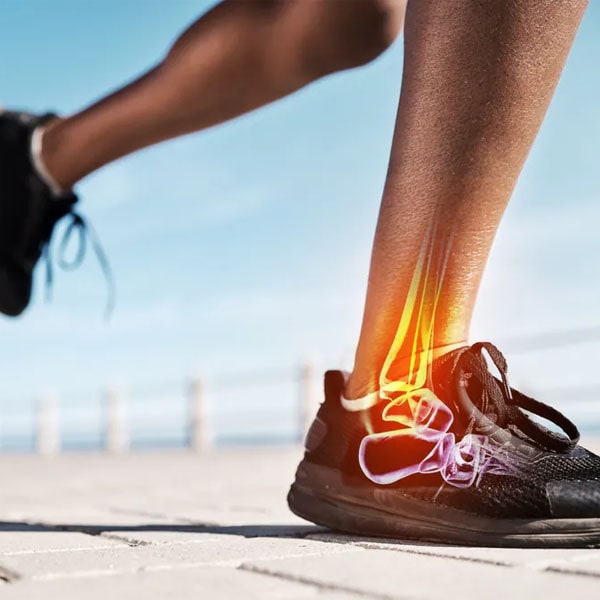Addressing some of the modifiable risk factors above (i.e. risk factors that you can change) can help reduce your risk of a BSI.
Diet: It is important that you have a well-balanced diet when exercising and especially when exercising at high volumes. This is to ensure that we have Energy Availability to not only fuel us during exercise, but for other hormonal and metabolic processes that occur day to day.
Strength training: Incorporating strength training into your exercise regime not only helps build muscle strength, but it also helps increase bone strength (by increasing bone mineral density). Studies have shown that increasing your running load will not increase your bone health/strength, and therefore some sort of strength training should be included to help reduce risk of BSI. 4 simple lower limb exercises that you could include to help build strength and improve running performance are the following:
- Weighted Squats
- Deadlift
- Weighted Lunges or
- Bulgarian split squat
- Weighted Calf Raises
Adequate rest and sleep: Ensuring that your body has time to rest and recover is very important in reducing your risk of injuries and BSI. You should aim to get 7-9 hours a night to allow your body to recover.




